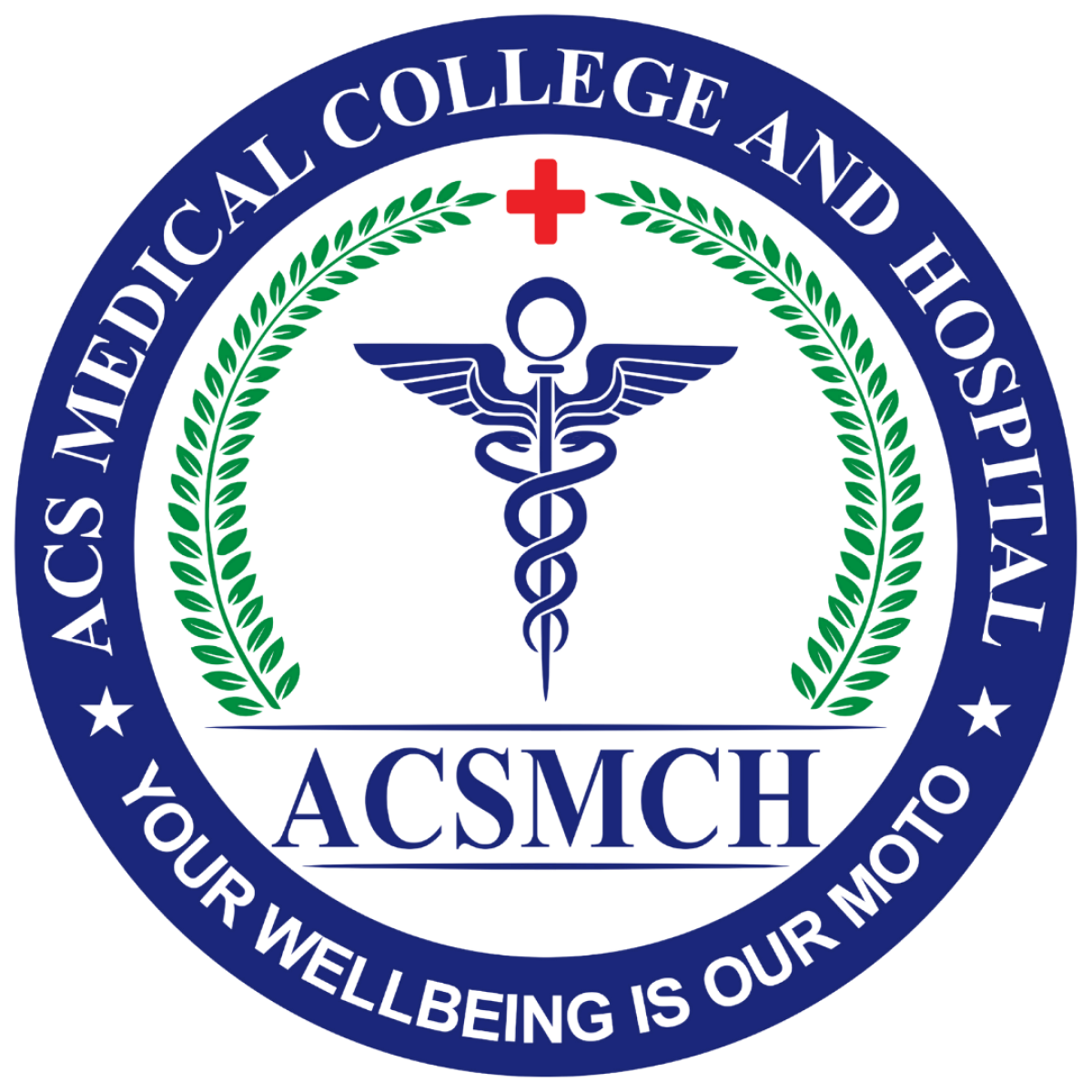Nystagmus is an involuntary, rhythmic oscillation of the eyes, which can affect vision and balance. The movements can be horizontal, vertical, rotary, or a combination, and they can vary in speed and amplitude.
Symptoms of nystagmus can include:
Visual Disturbances: Blurry vision, difficulty focusing, and reduced visual acuity.
Dizziness and Vertigo: Particularly in cases associated with vestibular dysfunction.
Head Positioning: Affected individuals might adopt a head tilt or turn to find a “null point” where nystagmus intensity decreases, improving vision stability.
Diagnosis:
Diagnosis involves comprehensive eye and neurological examinations. Tools such as:
Electrooculography (EOG) and Video-Oculography (VOG): Measure and record eye movements.
Imaging: MRI or CT scans may be used to detect underlying neurological conditions.
Vestibular Tests: Assess balance and inner ear function.
Etiology:
Nystagmus can result from congenital abnormalities, genetic factors, neurological conditions, inner ear disorders, systemic diseases, and the side effects of certain medications.
Management and Treatment:
There is no definitive cure for nystagmus, but various treatments aim to alleviate symptoms and improve quality of life:
Optical Aids: Glasses or contact lenses to correct refractive errors.
Medications: Such as gabapentin or memantine, which can reduce nystagmus intensity in some cases.
Surgical Interventions: Procedures like tenotomy can modify eye muscle tension to decrease nystagmus.
Vision Therapy: Helps improve visual skills and coping strategies.
Assistive Devices: Use of magnifiers, large print materials, and adaptive technology for better visual accessibility.
Impact on Daily Life:
Nystagmus can significantly affect daily activities, including reading, driving, and navigating spaces. Supportive therapies and accommodations are crucial to enhance the individual’s functional vision and overall quality of life. Education and workplace adjustments are often necessary to support individuals with nystagmus effectively.
In summary, nystagmus is a complex eye movement disorder with diverse causes and manifestations. Managing it requires a tailored approach to each individual, focusing on improving visual function and daily living skills.
